Electric vehicles (EVs) are often the subject of heated debates about the future of transportation. While their popularity continues to grow, a lot of myths and misinformation still circulate.
These misconceptions, often fueled by the anti-EV lobby, can cloud your judgment when considering this exciting technology. Let’s break down the most common myths and get to the truth behind them.
EV Batteries Don’t Last Long
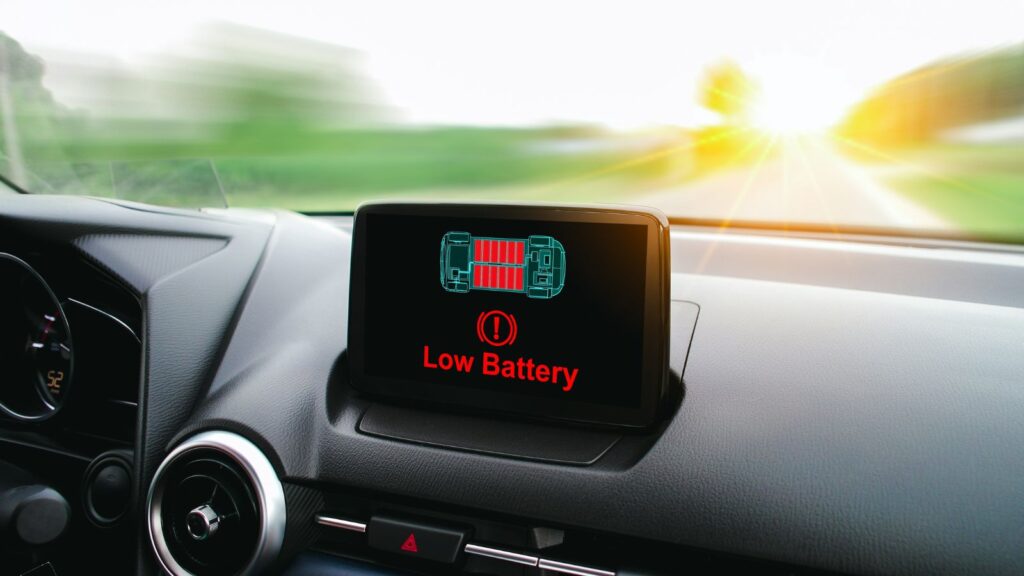
People love to say EV batteries don’t last, but that’s just not true anymore. Modern EV batteries are built to go the distance, literally! Companies like Tesla and Nissan have shown their batteries can retain most of their capacity even after years of heavy use. With improved battery chemistry and regular software updates, today’s EVs can handle hundreds of thousands of miles before needing a replacement.
Unlike traditional engines, which often need costly repairs as they age, EV batteries are designed for longevity. In fact, their lifespan now rivals, if not exceeds, that of internal combustion engine components.
EVs Are More Expensive to Maintain
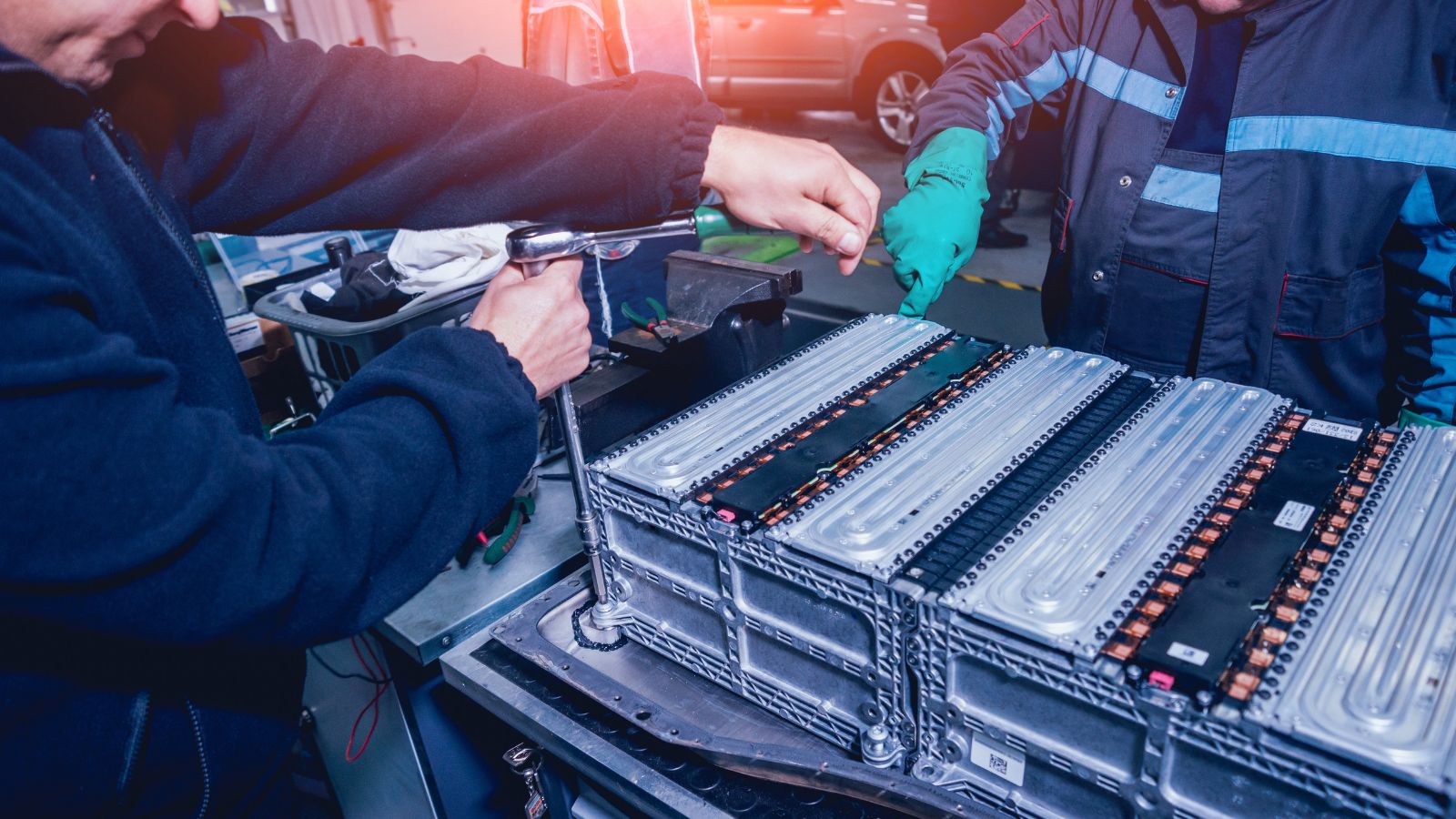
Here’s the thing: EVs might seem expensive at first, but they save you a ton of money on maintenance. Electric motors are simple compared to gas engines, with far fewer moving parts that could break. Forget oil changes, spark plug replacements, or transmission repairs. EVs don’t need any of that. Maintenance is usually limited to basic tasks like rotating tires, checking brakes, and occasionally inspecting the battery cooling system.
EV Charging Takes Too Long

Charging an EV doesn’t take as long as you might think. Sure, if you’re using a standard outlet, it’s a slow process, but that’s not how most people charge. Fast chargers can give you a significant range boost, often up to 80%, in under 30 minutes, which is perfect for road trips or quick stops. For everyday use, most EV owners simply charge at home overnight. It’s like plugging in your phone before bed. Easy, convenient, and hassle-free.
The Power Grid Can’t Handle EVs
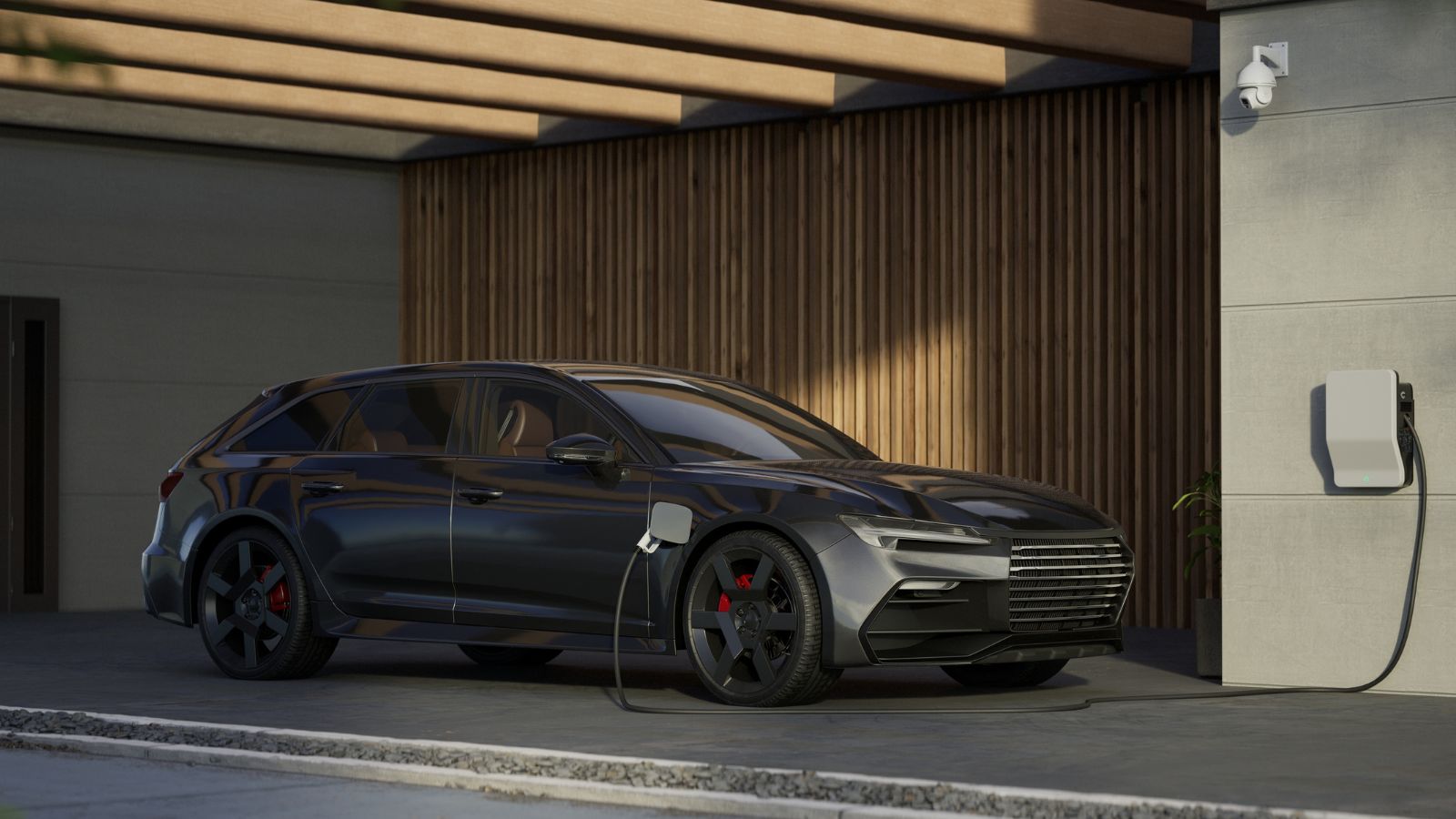
This is one of those myths that sounds scary but doesn’t hold up to scrutiny. The power grid isn’t going to collapse because of EVs. First of all, EV adoption is happening gradually, giving utilities time to upgrade infrastructure where needed.
Most EVs charge during off-peak hours—think late at night—when electricity demand is lower. Plus, smart charging systems help manage loads by coordinating charging times with grid capacity.
Interestingly, EVs can even help stabilize the grid by storing energy and feeding it back during peak times. So, rather than breaking the grid, EVs might actually improve it.
EVs Have a Limited Driving Range
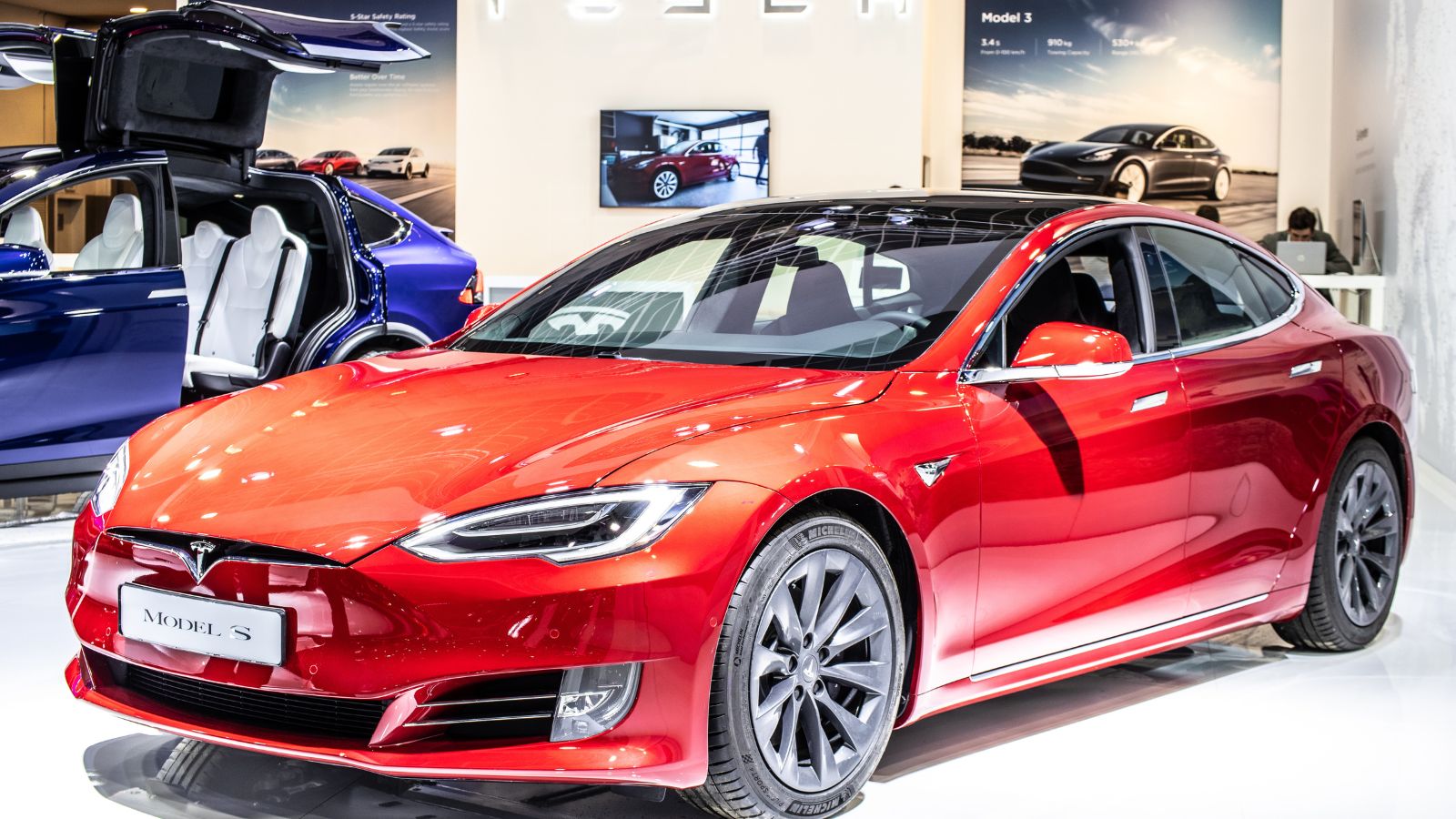
This myth is really outdated. Early EVs had limited ranges, but today’s models are a completely different story. Many modern EVs, like the Tesla Model S or Hyundai Ioniq 5, can go well over 300 miles on a single charge. That’s more than enough for most people’s daily needs—and then some.
EV Batteries Aren’t Recyclable

Let’s clear this one up. EV batteries are absolutely recyclable. In fact, companies like Redwood Materials and Li-Cycle are leading the charge (pun intended) in battery recycling. They recover valuable materials like lithium, nickel, and cobalt, which can be reused to make new batteries.
Automakers are also finding creative ways to give old batteries a second life, like repurposing them for energy storage systems.
EVs Are Just as Polluting as Gas Cars
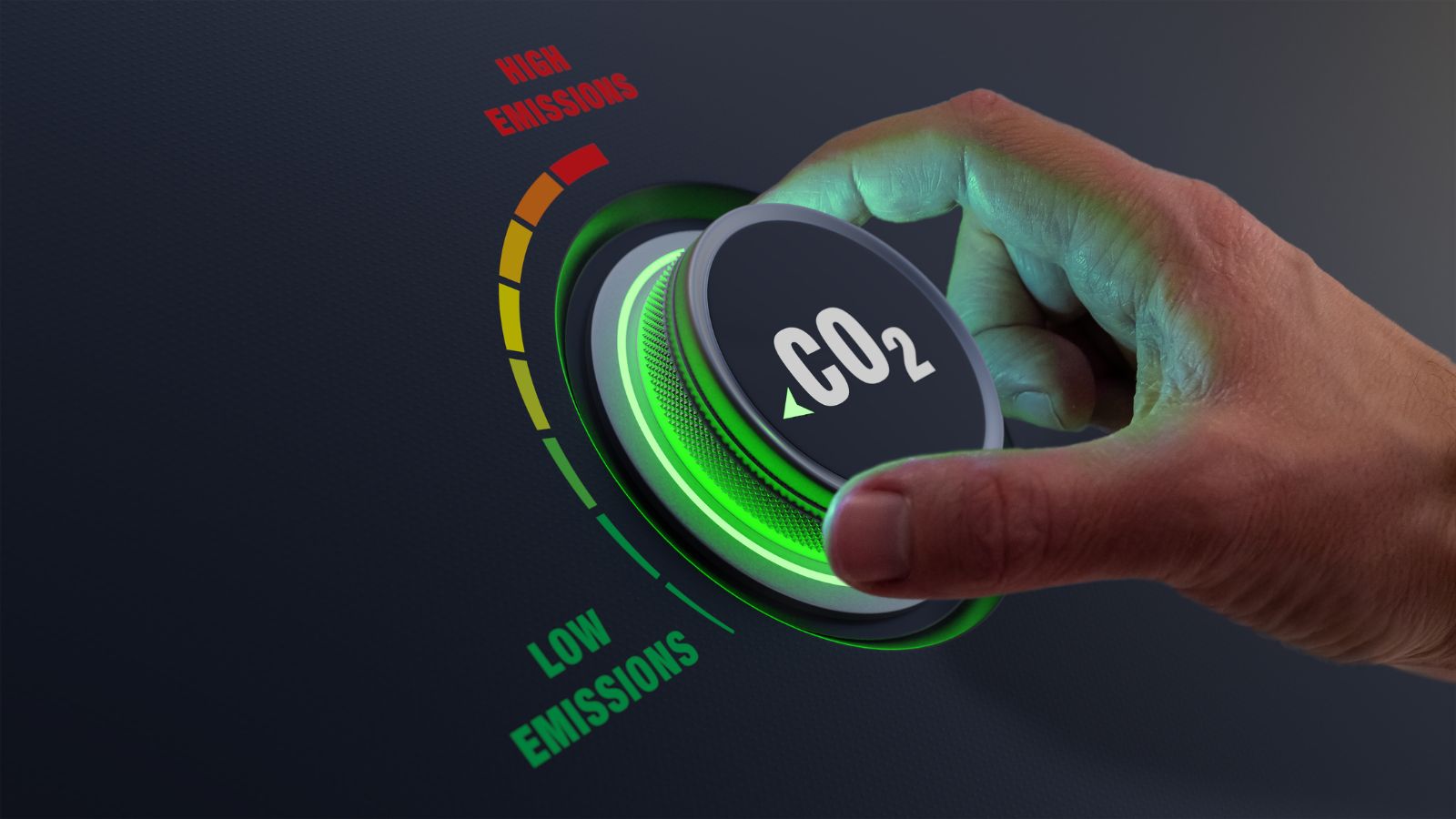
This argument might have held some weight years ago, but it doesn’t anymore. Yes, building an EV has a slightly higher carbon footprint upfront due to battery production. But once you start driving, EVs quickly make up for it. Over their lifetime, EVs produce significantly fewer emissions than gas-powered cars, even when charged on grids powered by fossil fuels.
And as renewable energy sources like wind and solar become more widespread, EVs become even cleaner. The idea that they’re “just as polluting” is a misconception that ignores the bigger picture. EVs are undeniably better for the environment.
EVs Aren’t Safe
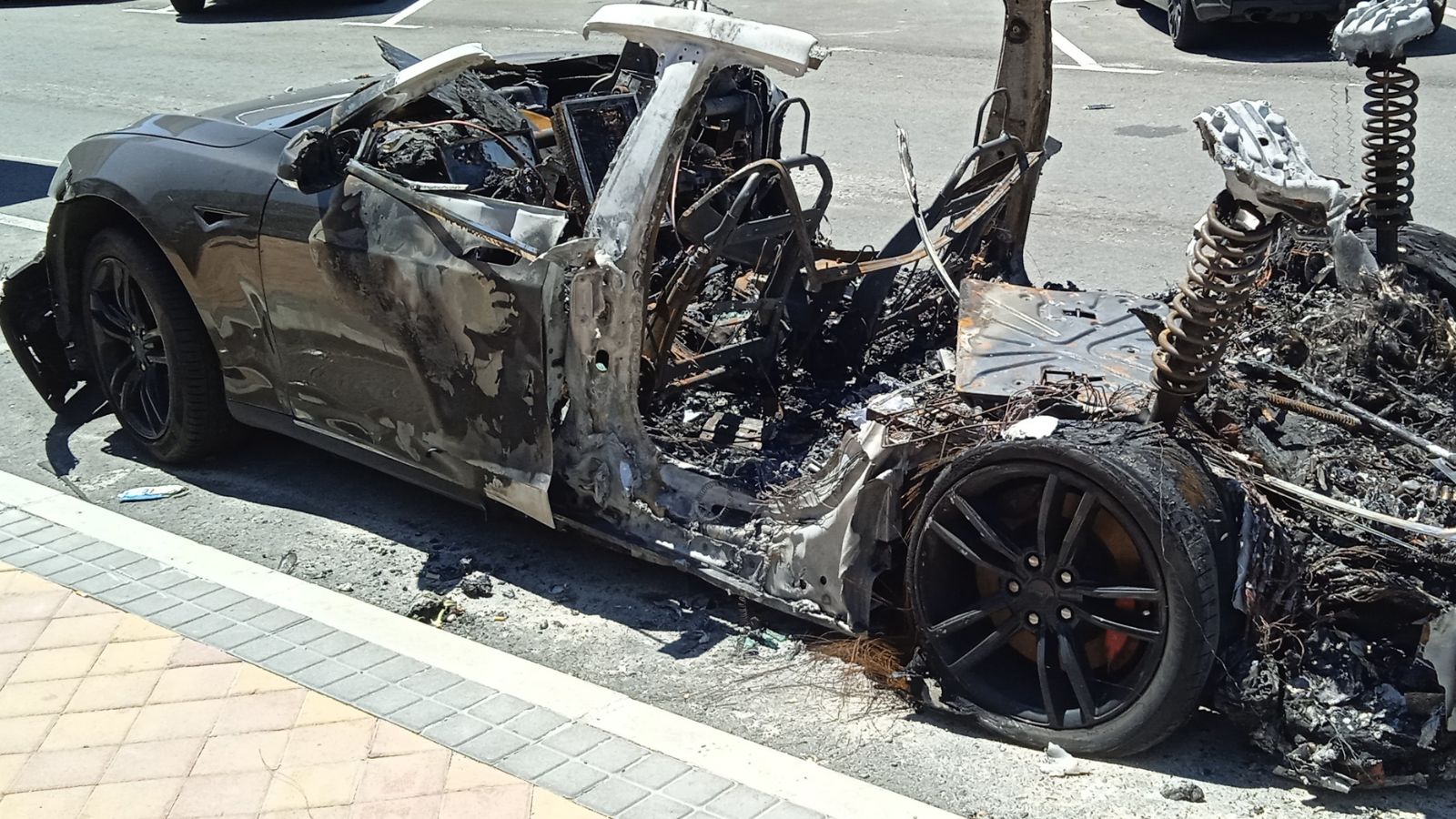
Some people worry that EVs aren’t as safe as traditional cars, but the facts tell a different story. EVs go through rigorous safety testing to meet and often exceed industry standards. Features like a low center of gravity make them less likely to roll over, and advanced driver-assistance systems add an extra layer of protection. Battery packs are housed in reinforced casings to prevent fires, and crash test results often show EVs outperforming their gas-powered counterparts.
EVs Are Only for the Wealthy
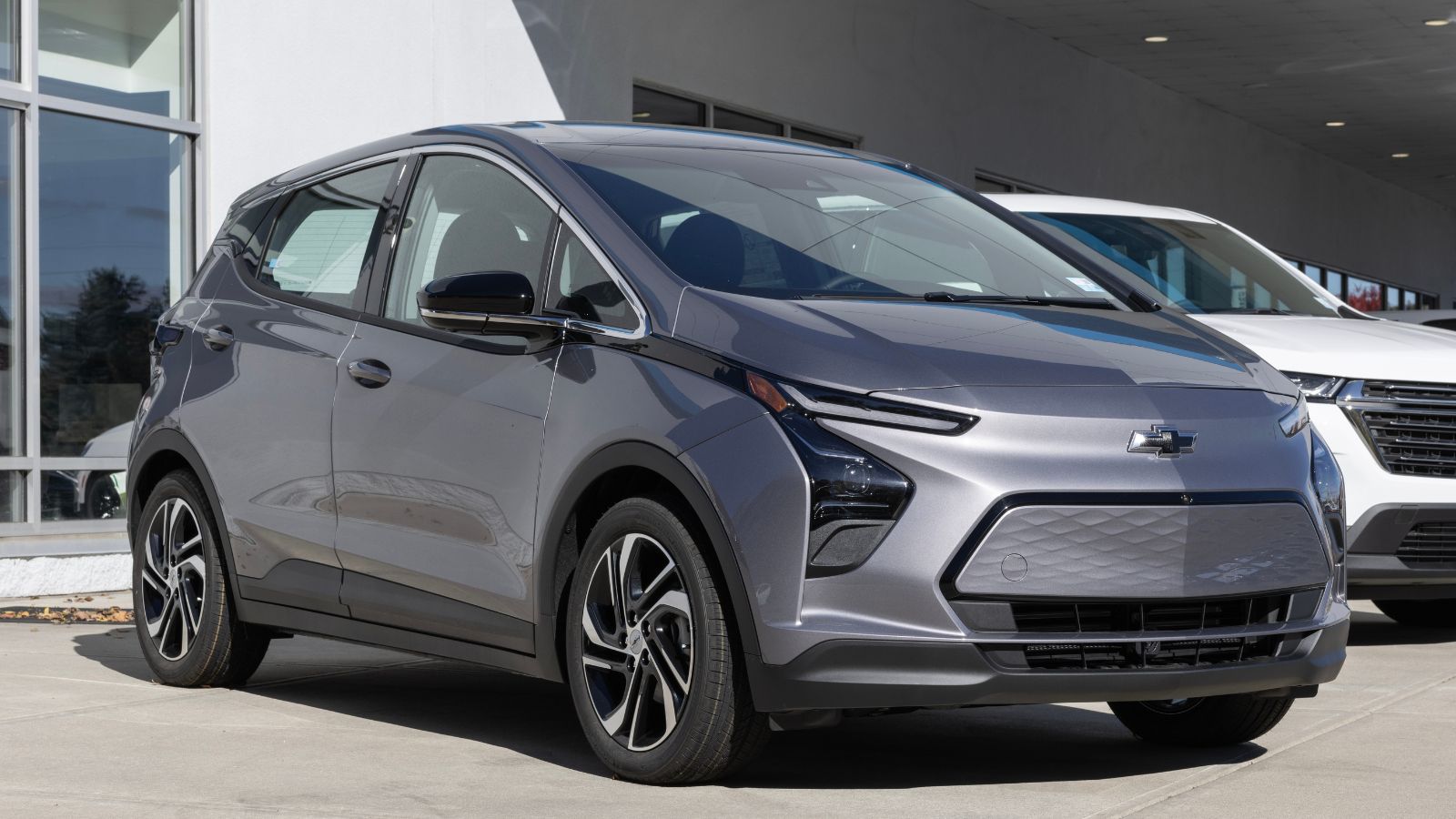
While early EVs had high price tags, today’s market offers affordable options. Models like the Chevrolet Bolt and Nissan Leaf cater to budget-conscious buyers, while federal and state incentives reduce upfront costs further. Over time, lower maintenance and fuel expenses make EVs an economical choice.
As battery technology improves and production scales up, EV prices continue to drop, making them accessible to a wider range of consumers.
EVs Aren’t Practical in Cold Weather

It’s no secret that cold weather can affect battery performance, but EVs have come a long way in dealing with winter challenges. Modern EVs feature heat pumps and preconditioning systems that keep the battery and cabin warm, improving efficiency even in freezing temperatures.
Drivers can preheat their car while it’s still plugged in, so it’s cozy and ready to go when they are. Sure, extreme cold can reduce range, but careful planning and advancements in technology make winter driving entirely manageable.
Charging Stations Are Rare
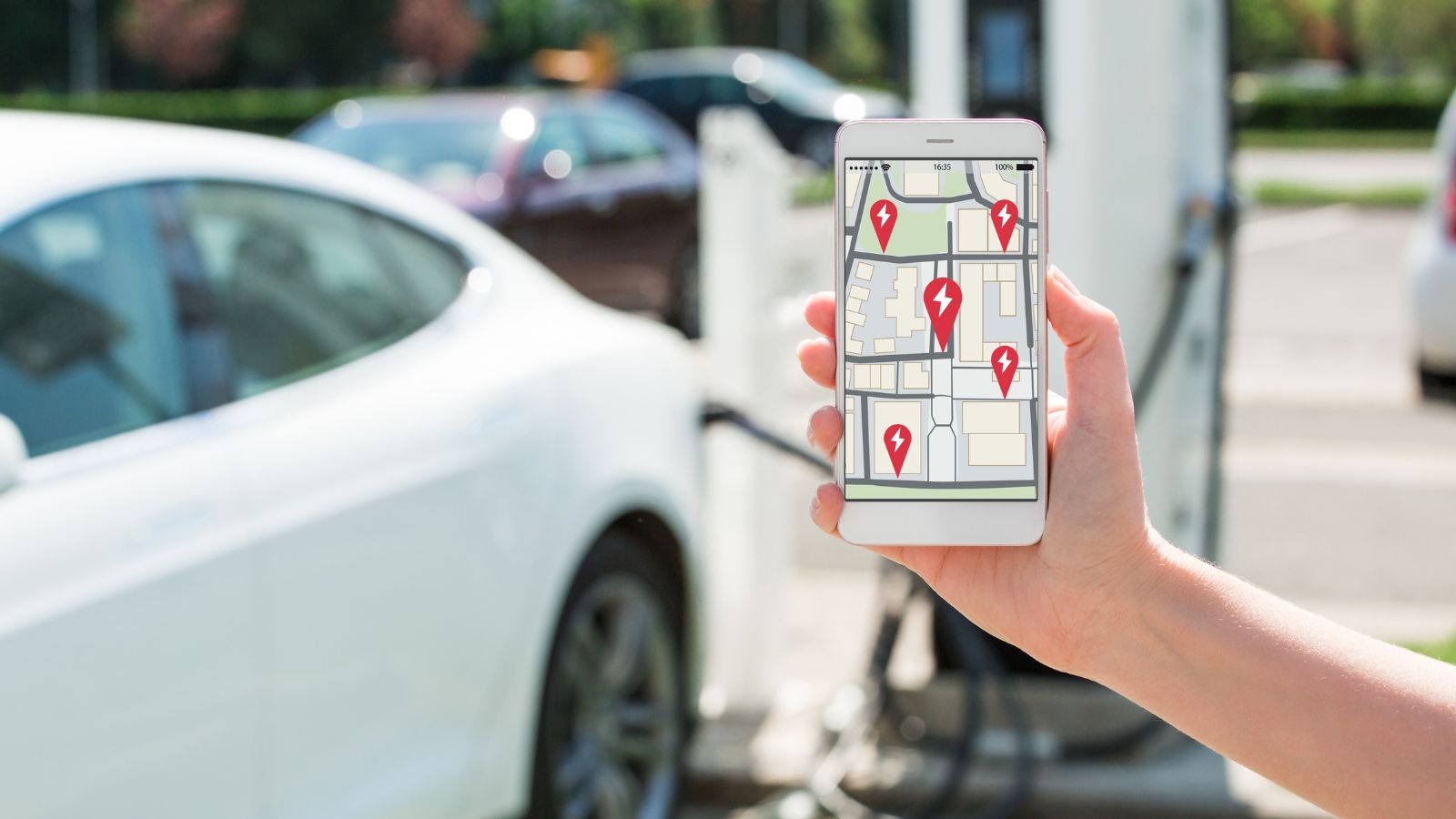
The myth that charging stations are hard to find might have been true a decade ago, but today it’s a different story. Networks like Tesla Supercharger, Electrify America, and ChargePoint are expanding rapidly, with thousands of stations across cities, highways, and even rural areas.
Charging stations are often placed in convenient locations like shopping centers or rest stops, so you can recharge while running errands or grabbing a coffee. Onboard navigation systems and apps make it easy to locate chargers nearby. With charging infrastructure growing every year, finding a place to charge your EV is rarely a problem anymore.
EVs Take Too Long to Pay Off
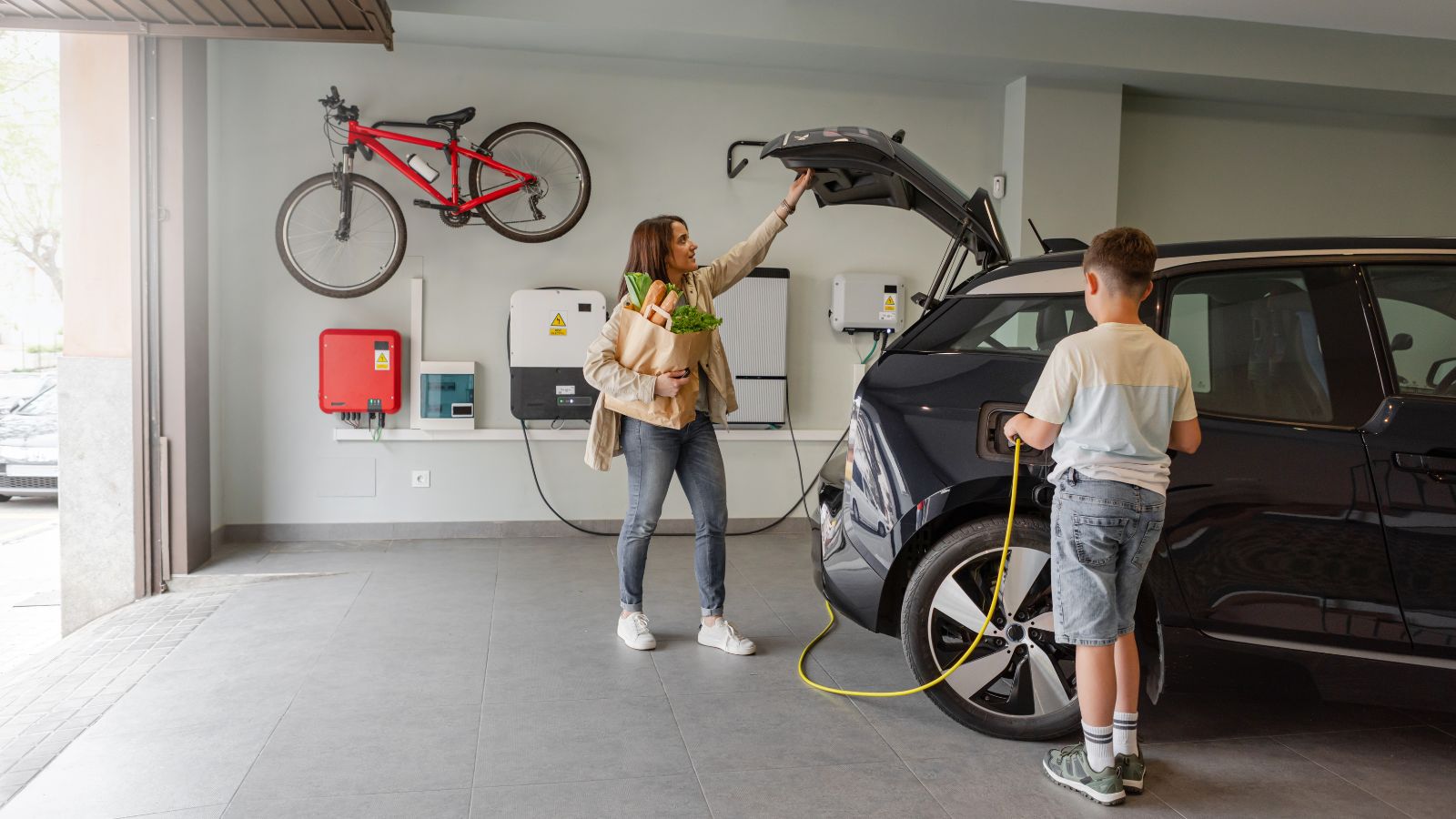
It’s easy to focus on the higher upfront cost of an EV, but the long-term savings tell a different story. Electricity is much cheaper than gasoline, especially if you charge at home during off-peak hours.
Over time, you’ll also save on maintenance since EVs don’t need oil changes, spark plugs, or transmission repairs. Factor in incentives and rebates, and an EV can become more affordable within just a few years of ownership.
For many drivers, the savings on fuel and upkeep more than make up for the initial investment. EVs aren’t just eco-friendly—they’re wallet-friendly too.
EV Batteries Will All End Up in Landfills

The notion that EV batteries will fill landfills ignores current industry practices. Recycling facilities recover valuable materials from used batteries, while automakers reuse them in second-life applications like energy storage.
Regulations increasingly require responsible battery disposal, ensuring that landfilling becomes a rare exception. EV batteries are part of a circular economy, not a waste problem.
EVs Don’t Perform Well
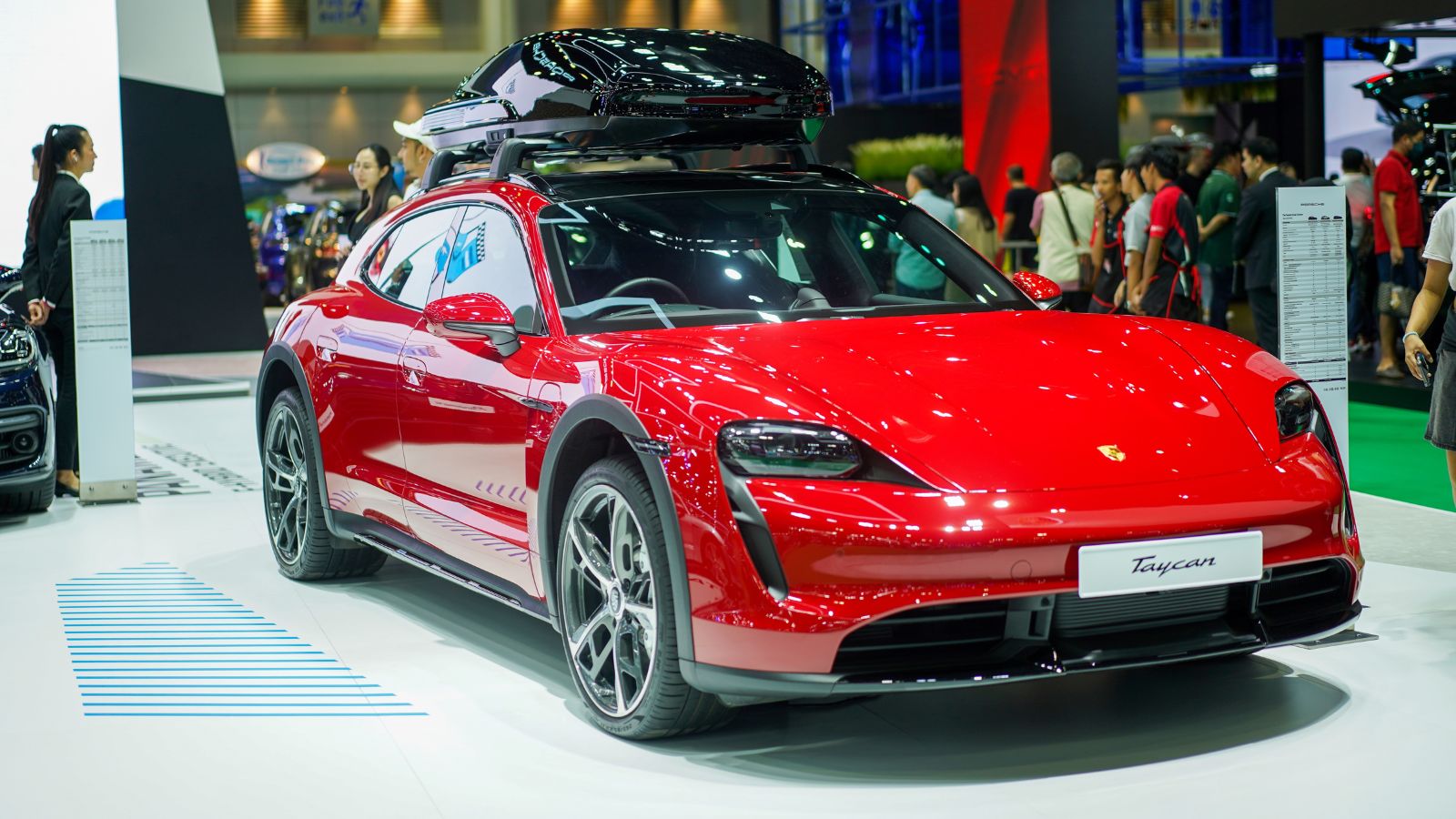
If you think EVs are slow or underpowered, you’re in for a surprise. Electric motors deliver instant torque, which means rapid acceleration and a smooth driving experience. Many EVs, like the Tesla Model S Plaid or Porsche Taycan, outperform gas-powered sports cars in speed and handling.
Even budget-friendly models offer impressive performance, with quick response times and excellent control.
EVs Are Just a Passing Trend

The idea that EVs are a temporary fad ignores market trends and industry commitments. Automakers like Ford and Volkswagen plan to phase out internal combustion engines entirely. Furthermore, governments worldwide push for stricter emissions standards and EV incentives, solidifying their role in the future of transportation. With technological advancements and consumer interest growing, EVs are here to stay.
EVs Are Only Good for City Driving

And finally, it’s a common misconception that EVs are only suited for urban commutes, but modern EVs prove otherwise. Many models offer ranges of 300 miles or more, making them ideal for road trips and highway driving. They’re just as capable on rural roads, with smooth handling and the ability to tackle tough terrains in all-wheel-drive versions.
